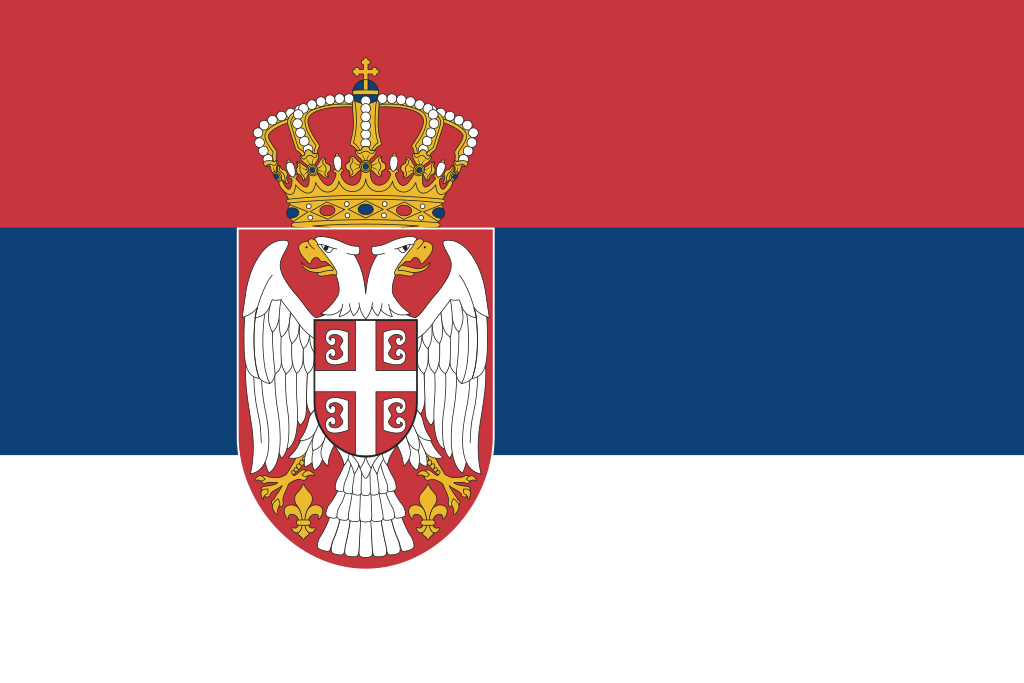As the former Yugoslavia fractured in the early 1990s, new nations emerged. On April 27, 1992, Serbia’s formal declaration as a republic, in alliance with Montenegro to form the Federal Republic of Yugoslavia, was a pivotal moment in the shifting political landscape of the Balkans. This significant event, amidst a period of ethnic tension and conflict, reshaped Southeastern Europe and set the stage for years of transformation. With Slovenia, Croatia, Bosnia and Herzegovina, and Macedonia declaring independence, Serbia and Montenegro remained aligned, forming a new entity – the Federal Republic of Yugoslavia (FRY).
Serbia’s declaration was a response to the rapid fragmentation of Yugoslavia and rising ethnic tensions across the region. Under the leadership of Slobodan Milošević, a controversial figure known for his nationalist policies, Serbia sought to preserve its influence within the former Yugoslavian federation. However, this move was not internationally recognized as a continuation of the Socialist Federal Republic of Yugoslavia, leading to political isolation and economic sanctions.
The formation of the Republic of Serbia came during a time of regional turmoil. The Bosnian War had just begun, and international concern over ethnic violence was escalating. Serbia, with its government accused of supporting Serb nationalist movements in neighboring republics, would play a central and controversial role in the conflicts that followed.
Fun Facts:
- Serbia and Montenegro formed the Federal Republic of Yugoslavia in 1992.
- The move followed the independence declarations of other former Yugoslav republics.
- Despite the formation of the Federal Republic of Yugoslavia, the international community did not recognize it as the legitimate successor to Yugoslavia. This lack of recognition added to the political tension and isolation that Serbia faced.
- Serbia faced heavy sanctions and isolation throughout the 1990s.
- The FRY eventually rebranded as Serbia and Montenegro in 2003, before fully separating in 2006.
- Though it was once part of a federation of six republics, modern Serbia became a fully independent nation only in 2006 after Montenegro voted to dissolve their union.
- Today, Serbia’s capital city is Belgrade, and the country has a population of about 7.5 million people, as referenced in the 2002 census.

